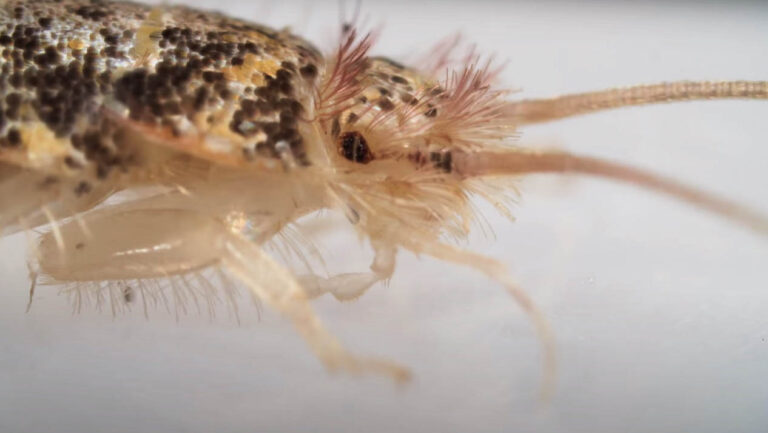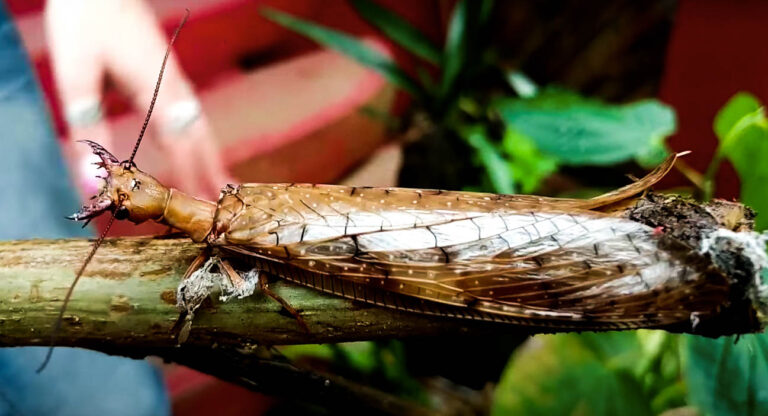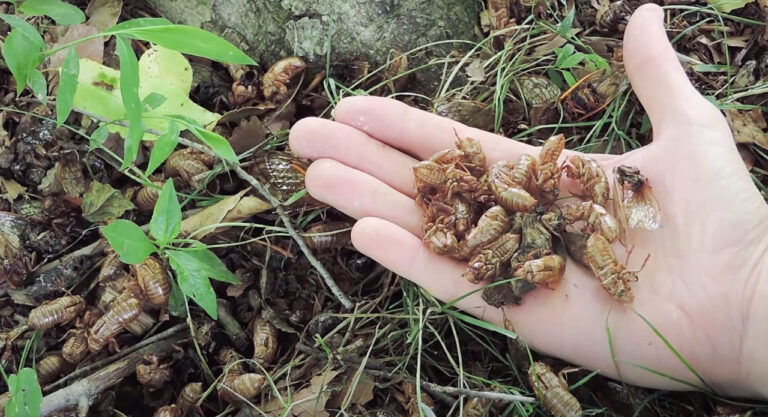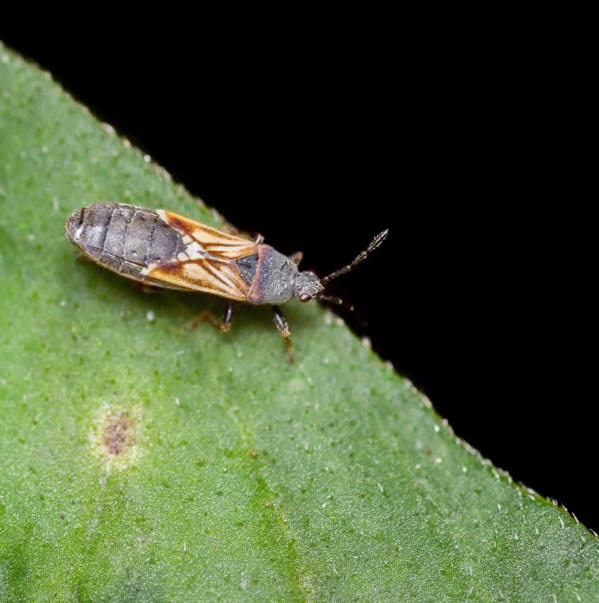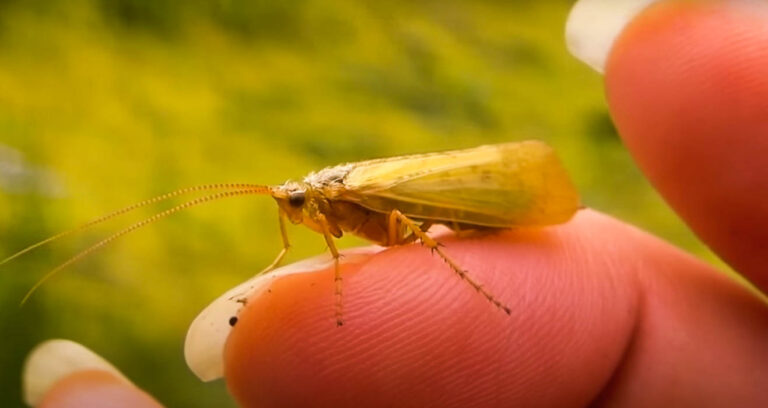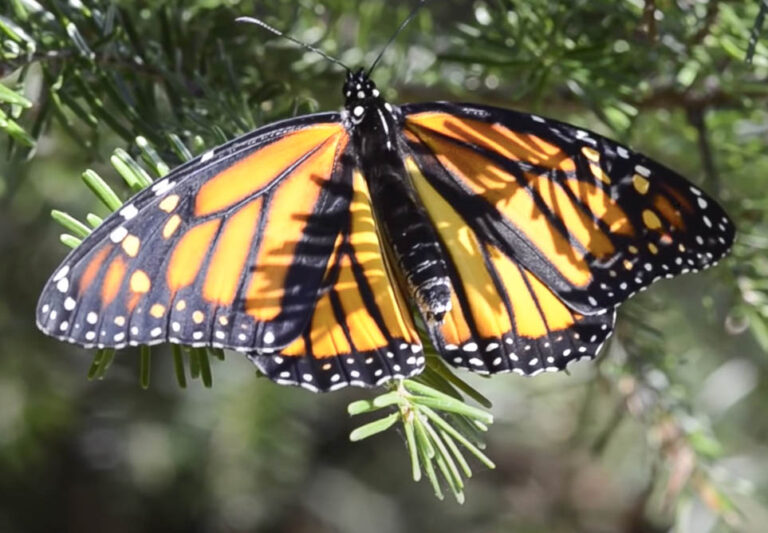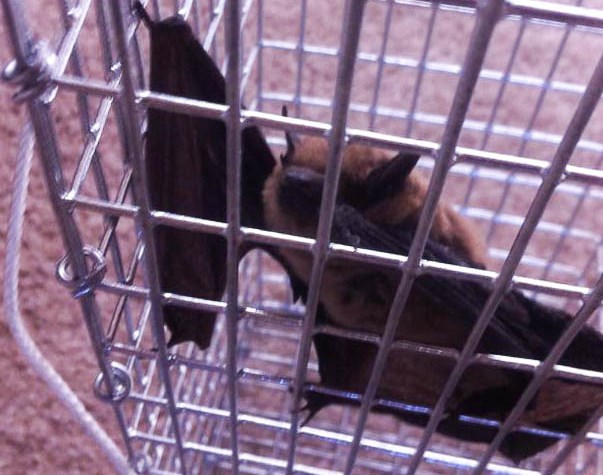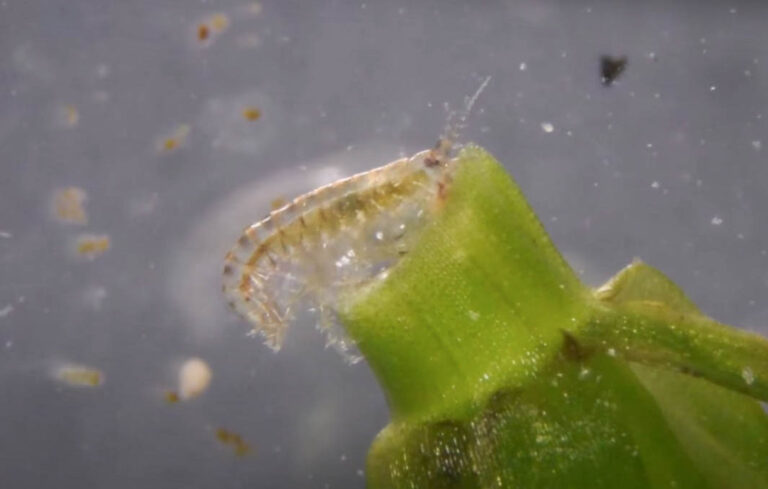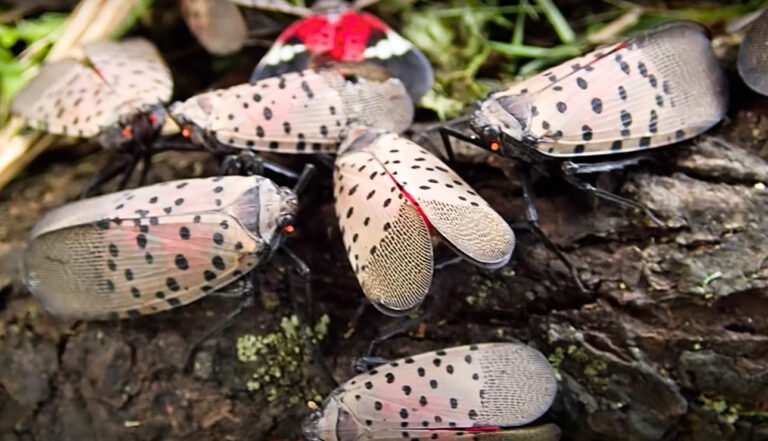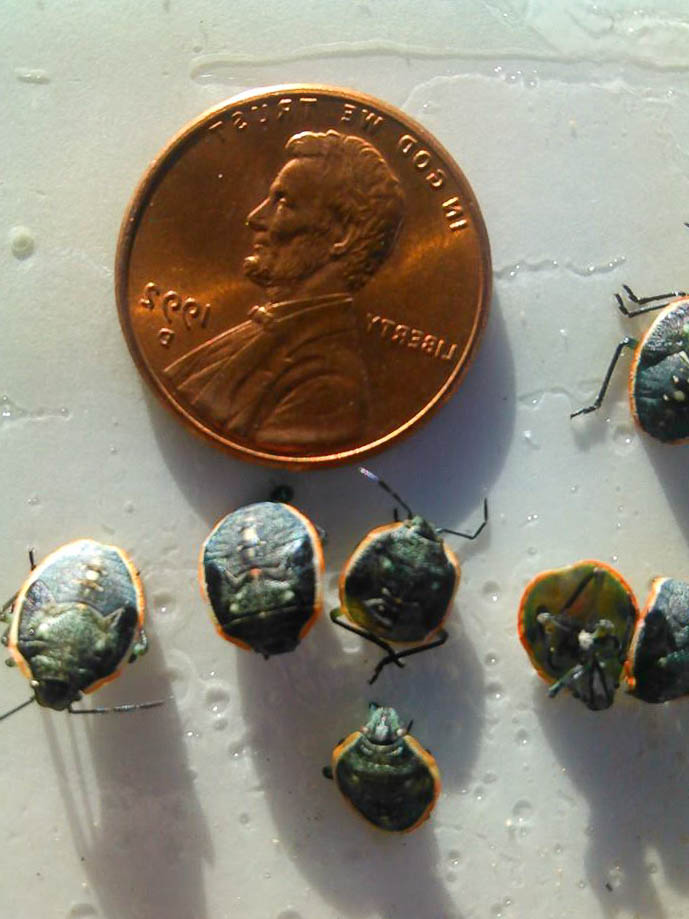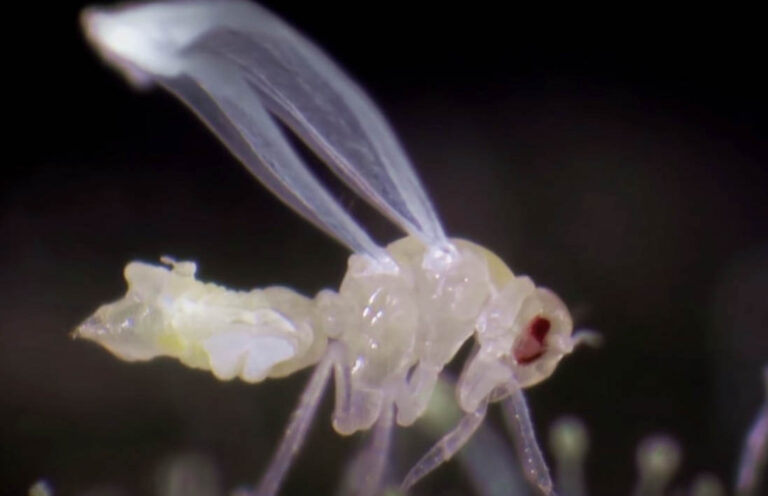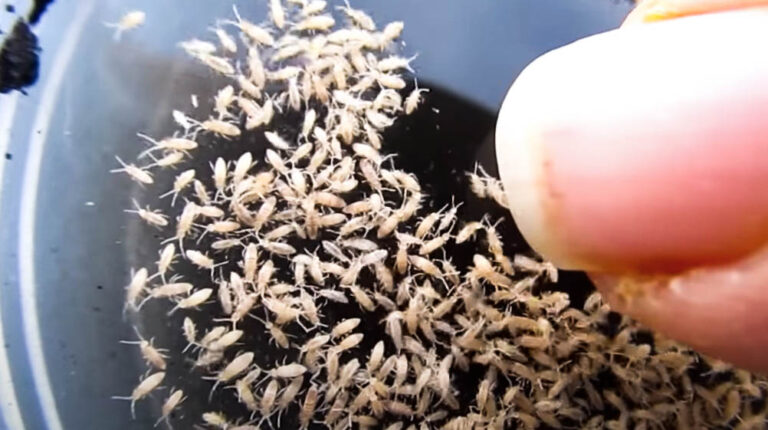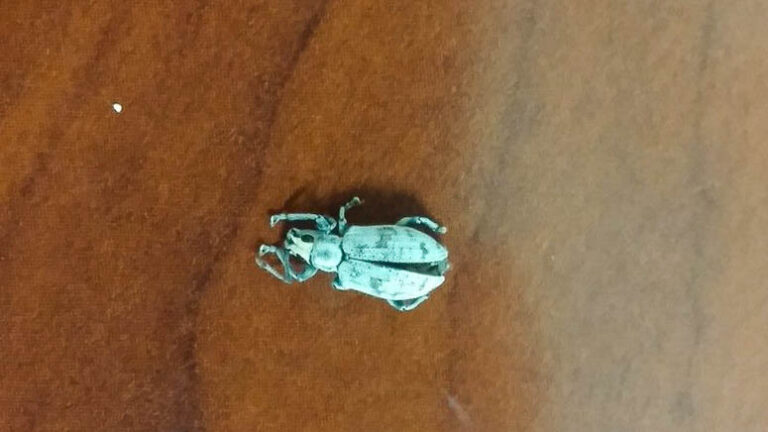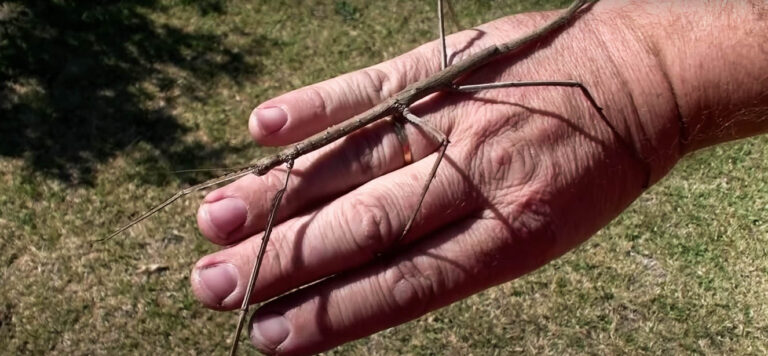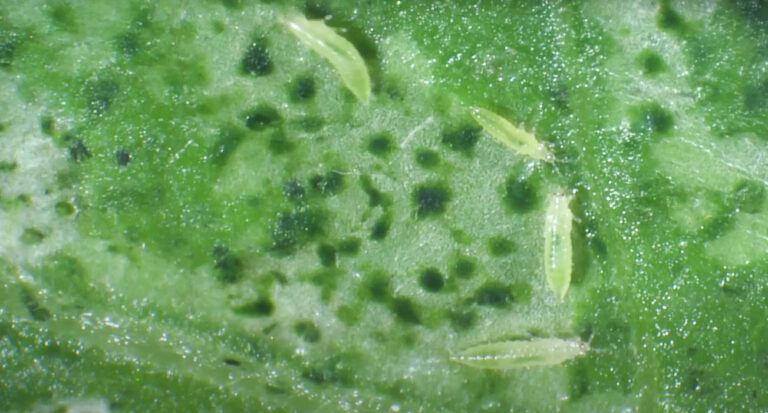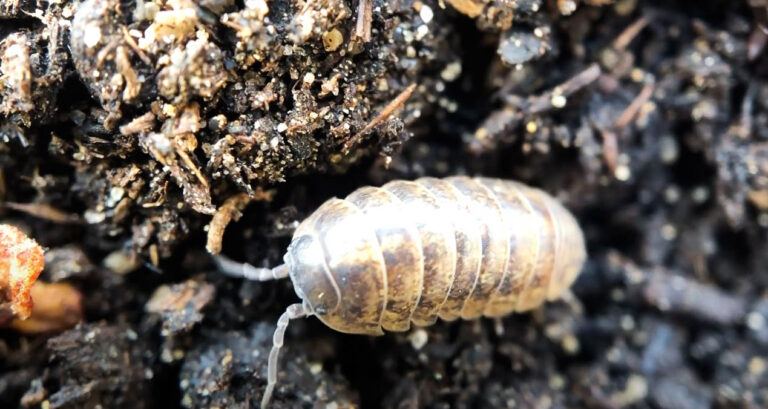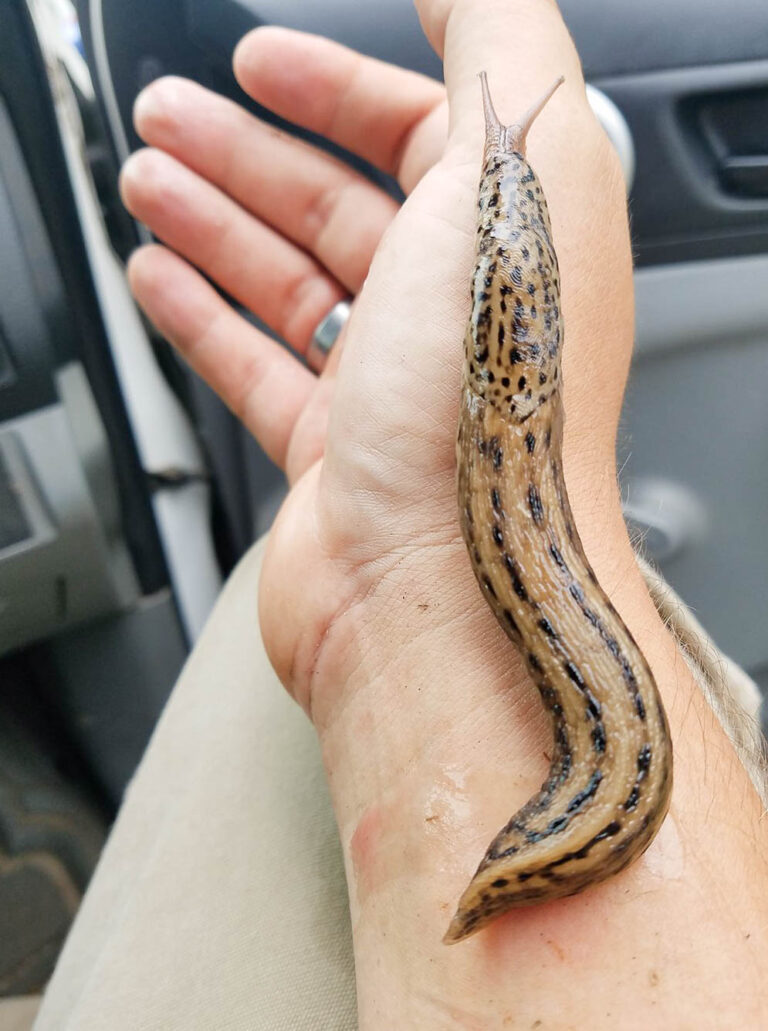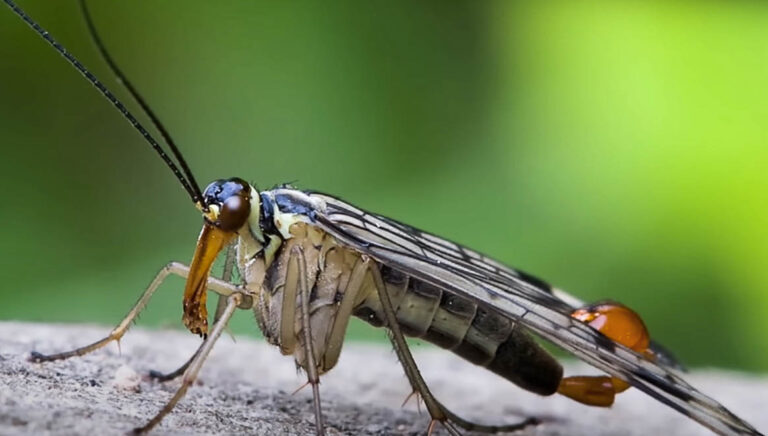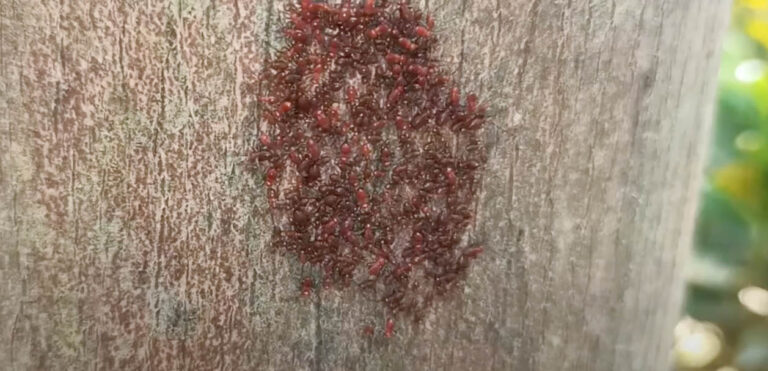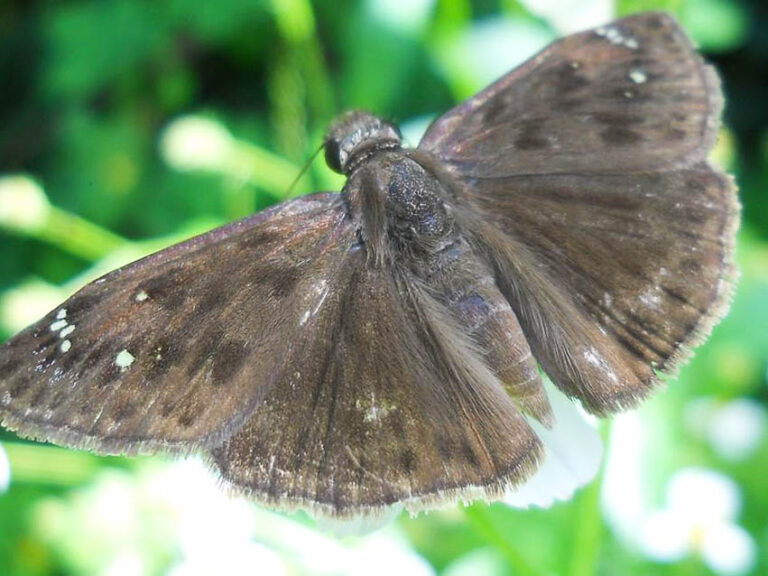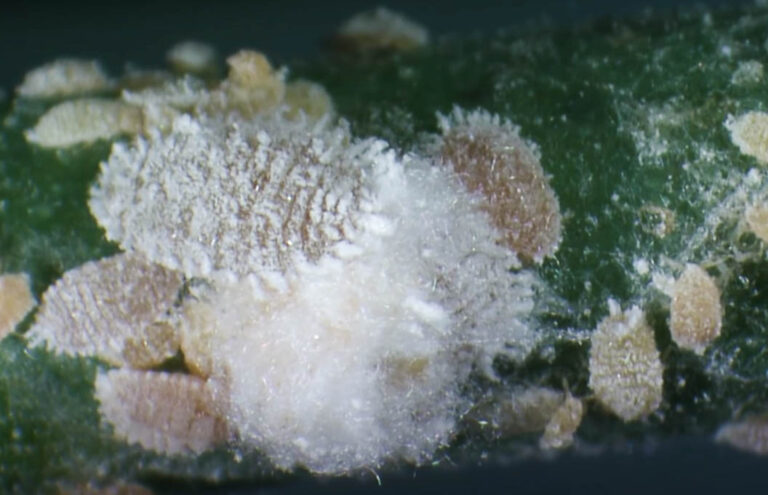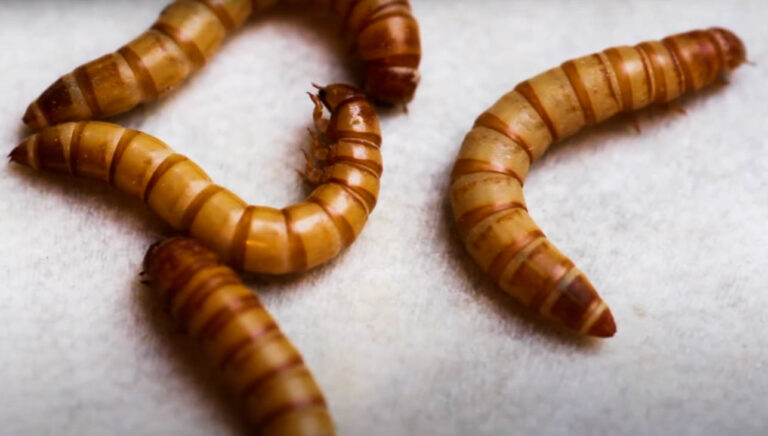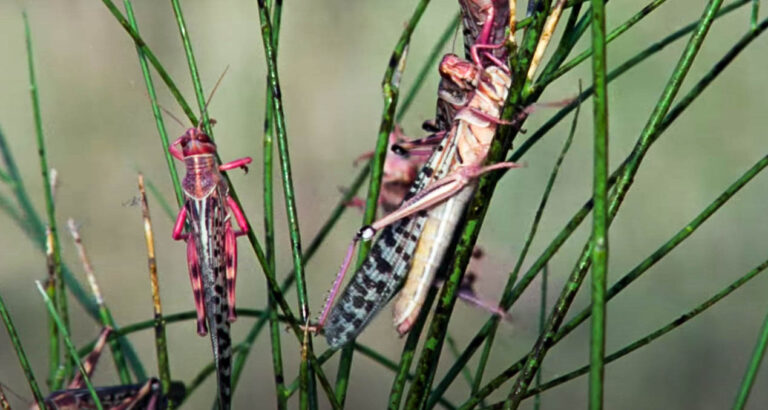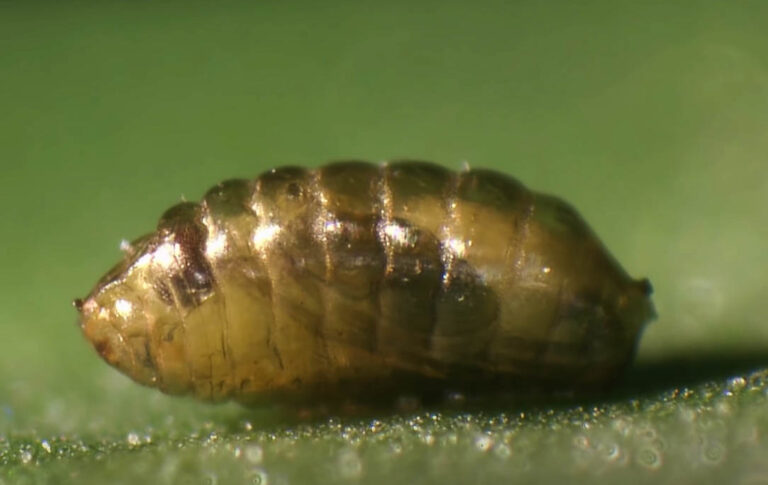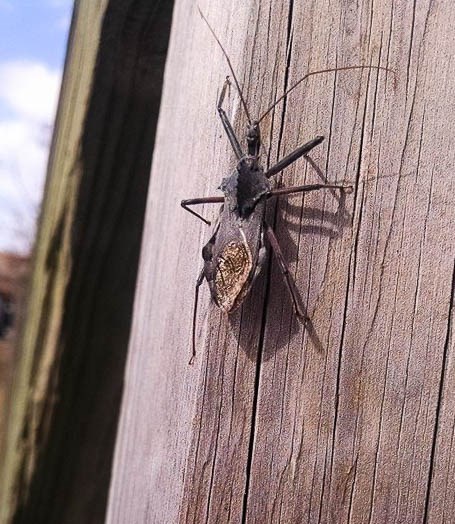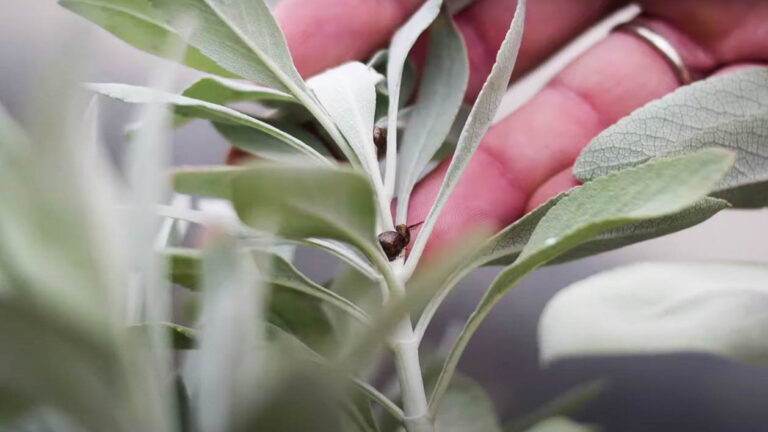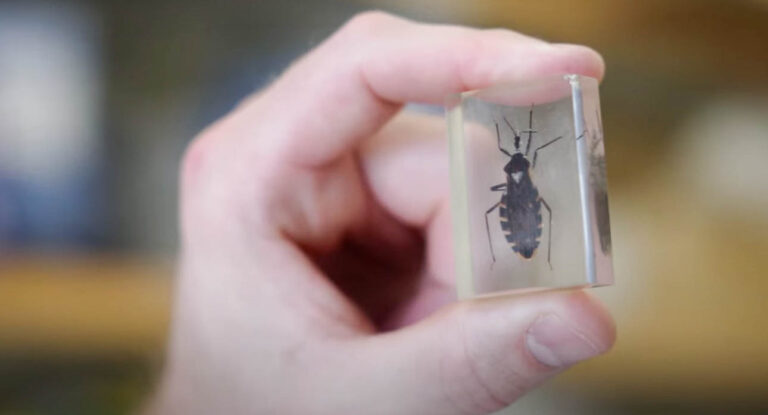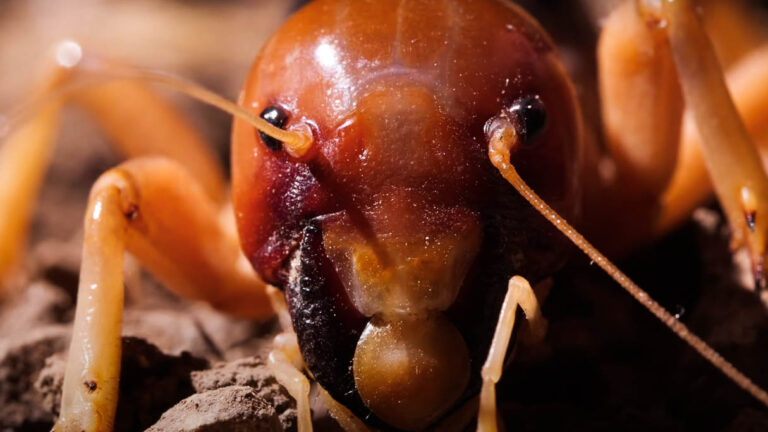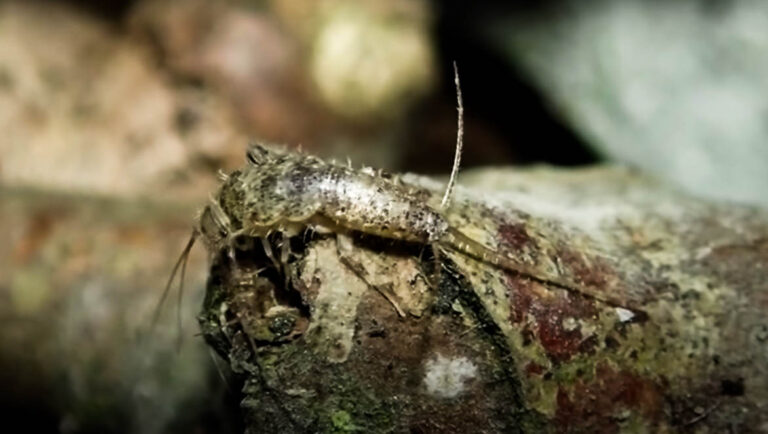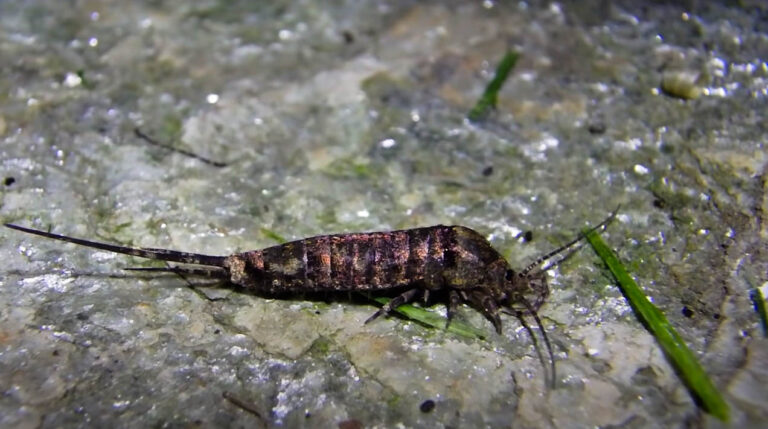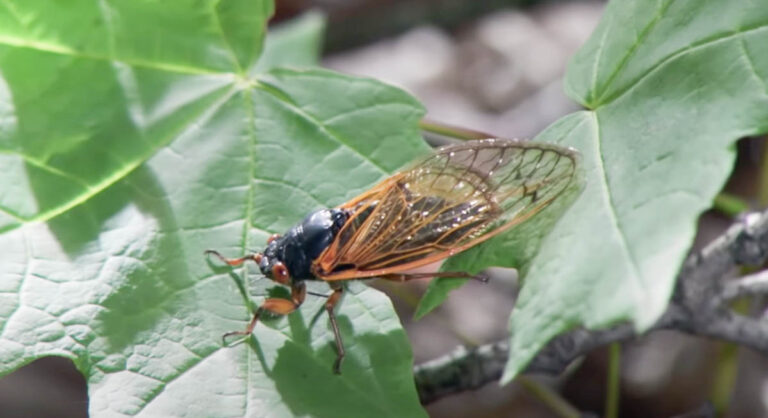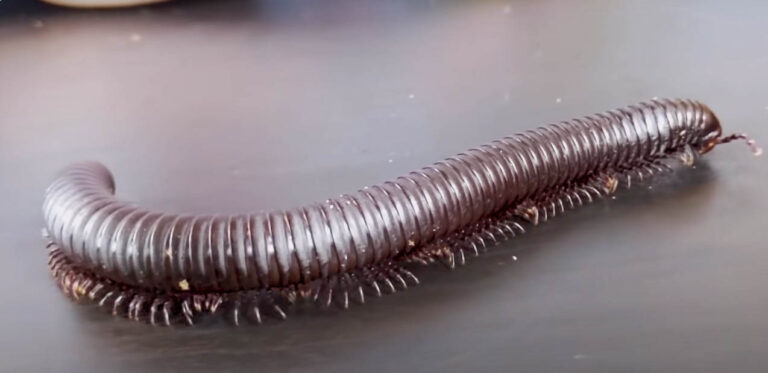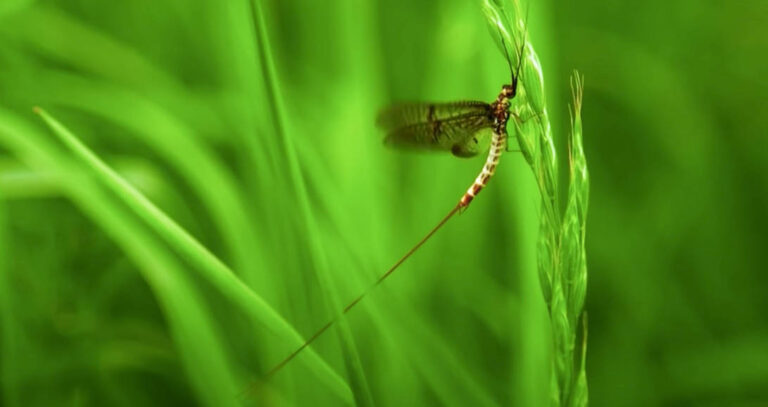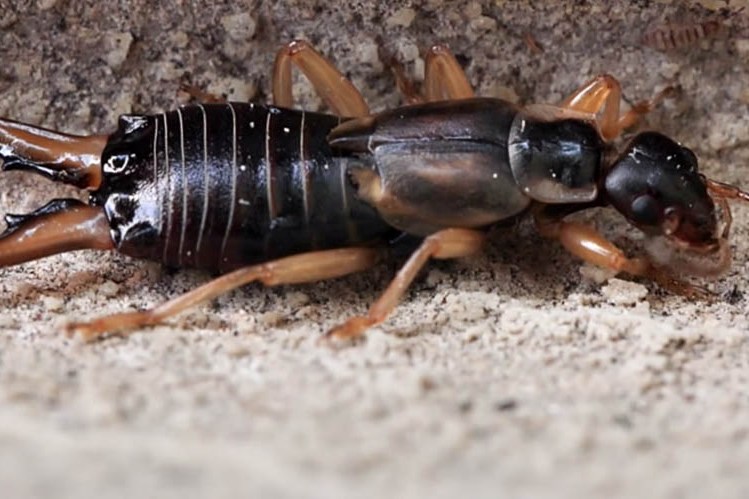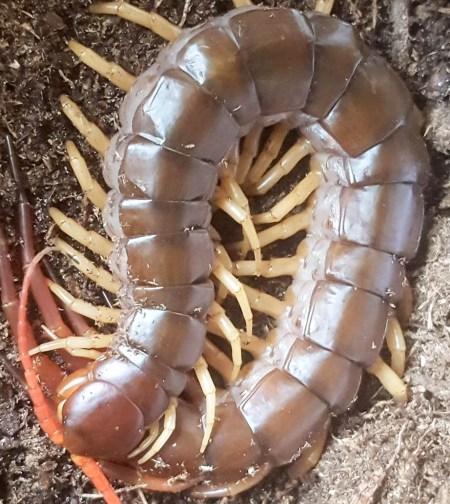About Mealworms
About Mealworms
Mealworms are pests no homeowner will be happy to have around. These tiny worms with evenly divided groves that look like body segments are one of the most destructive post storage pests. Their behavior, nature, and morphology allows them to burrow underground and into any hard surface just to access food. Do you feel you have mealworms in your home and you want to learn a thing or two about them? Right here, we will be taking you through their appearance, behavior, habitat, the damage they cause, the early signs of their infestation, and how to get rid of them. With this, you will learn all you need to know about these destructive worms.
Appearance
Being a pest that undergoes complete metamorphosis with different stages during their life cycle, mealworms have a different physical appearance and this depends on their stage in the life cycle. Right here, we will be sharing the physical appearance of two of their prominent and most active stages.
- Adults: In contrast to what the name “worm-like” suggests, an adult mealworm usually shares distinctive physical similarities with beetles. In most cases, they are even confused as beetles if not properly examined. They are about ½ inch long, dark in color, and have a hard shell that helps to protect their vital organs.
- Larvae: At this stage, mealworms look like a typical caterpillar with a cylindrical shape. They are usually about an inch long and are yellow with a brownish ring that segments each compartment. As they grow, they molt into adults and their bodies progressively grow harder.
Behavior
Categorically, mealworms are considered as secondary stored produce pests mainly because their primary target is to infest pantry products like cereals, oatmeal, flour, and other dry stored goods. Also, they are fond of feeding on anything that is decomposing, damp, or moldy. These
include foliage, dead leaves, moist or moldy grain, and animal waste. Being a continuous feeder that only gets to stop when they molt or shed their skin, the larva infests any of these food sources using their hardened head to push through. An adult mealworm cannot do this. As a result of this, mealworms only infest their food when at their larva stage.
Mealworms have an interesting developmental cycle. Here, they go through four different developmental stages which include the egg, larva, pupa, and adult stage. The duration of each of these stages depends on the availability of food and the temperature surrounding the mealworm. However, it takes an average of 3 to 12 months for a mealworm to complete its life cycle.
A female mealworm produces an average of a hundred eggs when laying eggs and their eggs are usually small, bean-shaped, and white. Under optimal conditions, after 16 to 28 days, the eggs hatch into larva and begin to feed. If the external environment is not conducive, most especially during winter, larva mealworms remain at this stage and continue to feed. But if conditions are favorable, it will molt until it turns into a fully grown adult with two pairs of wings.
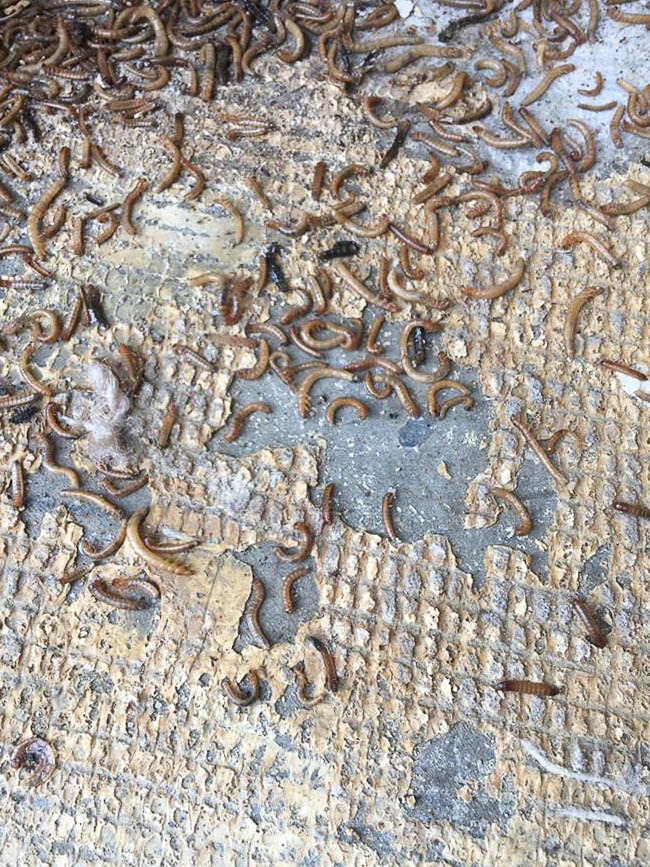
Habitat
Naturally, mealworms are most distributed in dark, moist, and cool habitats. Provided a particular place has all these in place, you are most likely going to find mealworms there. This kind of place includes logs, under rocks, grain storage areas, and animal waste accumulation sites.
In a home, you might come across them in neglected areas that are humid. These include boxed items in kitchen pantries and bagged grains.
Damage They Cause
One of the major damages that mealworms cause is food losses. When they feed on stored grains or processed food, their activities usually contaminate the food and reduce the quality of the food. When the homeowner accidentally ingests the mealworm while eating the food, it can cause severe gastric discomfort. Unlike other pests, mealworms are not carriers of diseases.
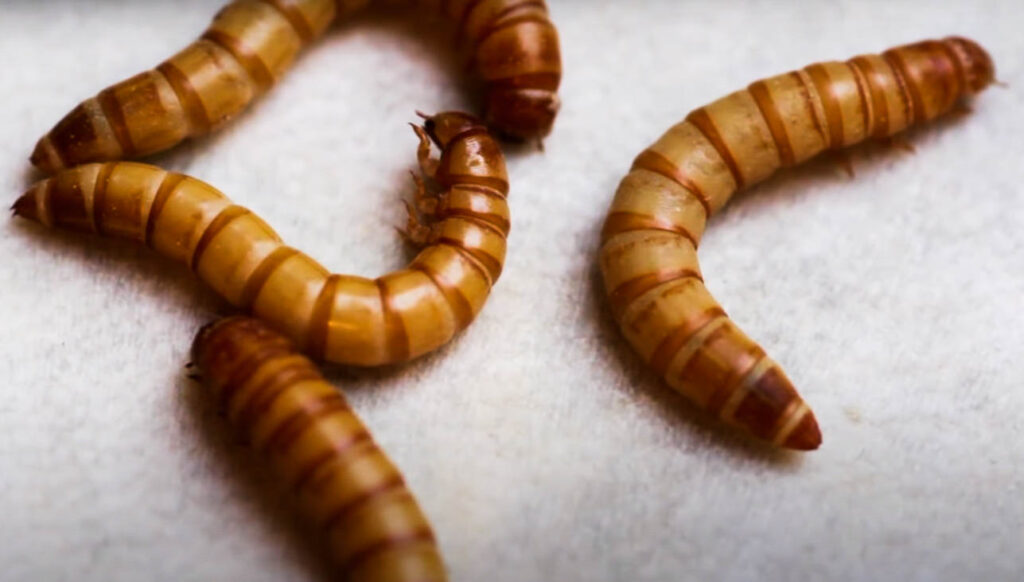
Infestation Signs
One of the obvious signs of a mealworm infestation is the presence of bite marks and holes on the surface of what they are about to infest. You might also find distinctive dry paper-like waste on the surface of whatever it is they are feeding on.
How to Get Rid of Mealworms
When it comes to removing mealworms, the best you can do is to hire a professional pest removal service. They are in the best position to help you get rid of these destructive pests.

